The complicated nature of science fiction movies makes them all the more intriguing, especially when they include so many outlandish concepts and realities. Franchises obviously expand upon one another through more detailed world-building, but even stand-alone films have so much potential for viewers to delve in deeper. Some sci-fi storylines would benefit from taking audiences back to the beginning, and reintroducing their respective universes through prequels. Let's take a look through 10 possibilities!
Equilibrium (2002)
Equilibrium explores the idea of emotions as criminal acts, which might seem beyond improbable to envision, even from a movie-making standpoint. John Preston's rebellion against the government he works for as he experiences life and humanity without the medication that erases all of its depth. A new movie expanding on this storyline might delve into the origins of such a cold world – was it created strictly to control others, or to create blissful ignorance for future generations (like M. Night Shyamalan's love-it-or-hate-it film The Village)?
Cloverfield (2008)
Cloverfield terrifies its viewers with its found-footage film style, along with its obvious threat of a horrific creature and a major city sent spiraling. With the release of 10 Cloverfield Lane in 2016, the world of Cloverfield expanded past its original plot line and essentially became a franchise, and The Cloverfield Paradox came out two years later. Since each story expands upon its own fresh hell through a different disaster, what's to stop the story from going backwards in time, looking into the past for the first recorded appearance of Cloverfield creatures?
In Time (2011)
In Time is literally a race against the clock, in which time itself is used as currency – quickly becoming leverage in a selfish and desperate world. Roger Ebert summarized, "The movie I suppose is an allegory in which time is money in a brutally direct way." How did a system like this become commonplace in their world in the first place? A secondary story that explains how the conversion of time into a commodity that rivals money happened would be an unmissable movie.
Snowpiercer (2013)
Snowpiercer is (arguably) Bong Joon-ho at his absolute best, immersing audiences inside a microcosm of what the world used to be, before an unexpected ice age changed everything. The TV show of the same name continues the gritty story of social commentary. A prequel could delve into how their predecessors survived that brutal cold, when they would have been fighting for their lives to reach warmth and safety.
Eternal Sunshine of the Spotless Mind (2004)
It's pretty clear that Eternal Sunshine of the Spotless Mind is an excellent standalone movie that's as heartbreaking as it is intellectually stimulating. Dare we suggest that a potential prequel could flesh out the idea of altering one's memory through new characters, and take viewers back to the earlier days of the technology available in Joel and Clementine's world? There are so many directions in which a concept like this could go, if any director dares to add on to such a powerful singular film.
The Island of Dr. Moreau (1996)
The Island of Dr. Moreau breathes life into H. G. Wells's classically creepy novel that examines the closest human-animal connection possible – creatures who have been bred to be both. While adding to an old literary work's canon might seem fruitless, another installment could give it more appeal to audiences. A predecessor to this film could delve even deeper into the grotesque beginnings of the first mutants, with the potential to revitalize this primeval story.
Donnie Darko (2001)
As a cult classic, a film most people need to watch more than once, and a release with an inconvenient timeline, Donnie Darko has always stuck out somehow in the movie world. Its sequel, S. Darko (directed by Chris Fisher), picks up years after the original and explores the time-travel tribulations of Donnie's younger sister, Samantha, as a teen. But have any of the other Darko family members been afflicted by similarly strange occurrences? Richard Kelly, director of Donnie Darko, stated his approval in 2023 of a possible third installment in the series to come.
I Am Legend (2007)
The emotional intensity of I Am Legend takes viewers' hearts down many dark avenues, from the crushing weight of being alone in a deserted New York to the unforgettably tragic fate of Sam the dog. Viewers catch a glimpse of the hectic past through flashbacks of Robert Neville's painful separation from his wife and daughter. On its own, a movie preceding I Am Legend could adequately explore the origins of the epidemic, with or without its original characters.
What Happened to Monday (2017)
What Happened to Monday examines population control through the experiences of seven sisters (all of whom are played by Noomi Rapace), named after days of the week, who work together to keep up the belief that they are just one individual. Its central concept begs the question: what was their oppressive world like before the Settman sisters came into the picture? How did other siblings defy their own government, simply to exist?
Her (2013)
Her exemplifies a technologically advanced society in which human connection is easily replaced by robotic attempts at emotion. Now that our real world has been introduced to the realities of normalizing artificial intelligence, this concept has become more realistic than far-fetched to think about. What might the world in which Her takes place look like, perhaps during the time period that bridges the gap between 2023 as we know it and that "distant" future? If we simply look around at our real world right now, we can find way too much inspiration.
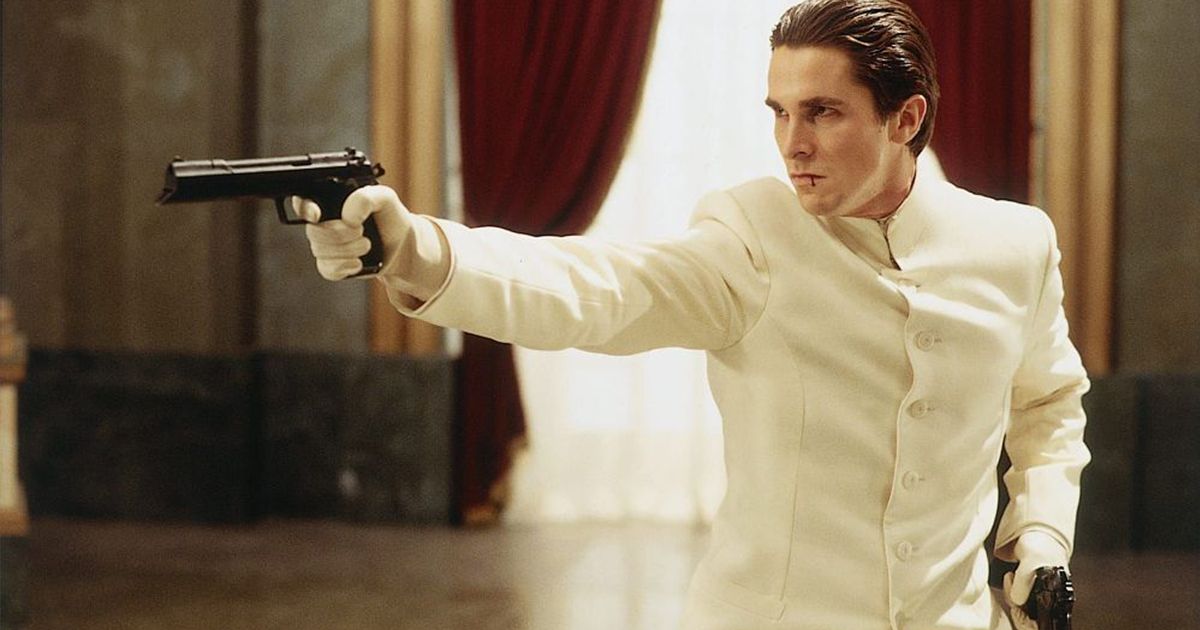
.jpg)

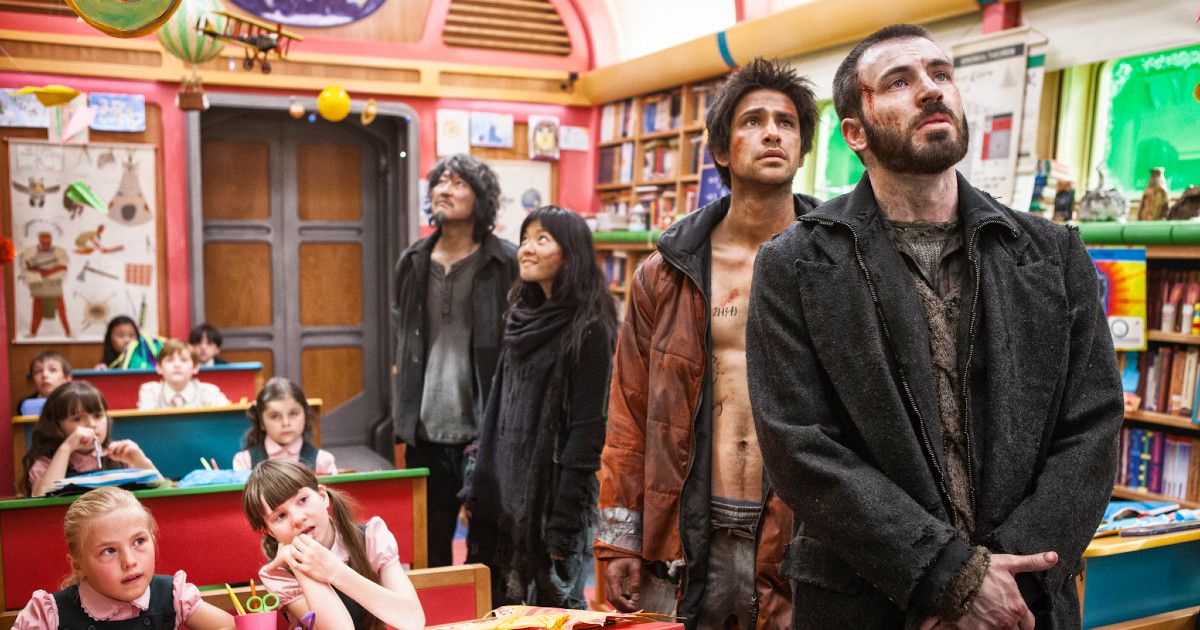
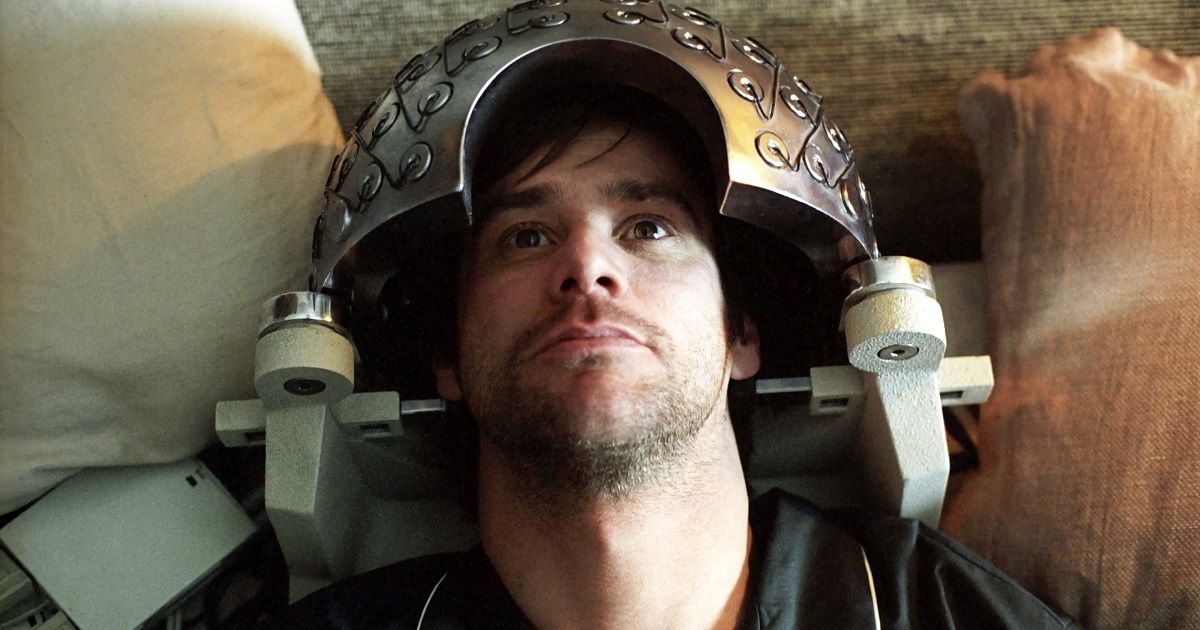

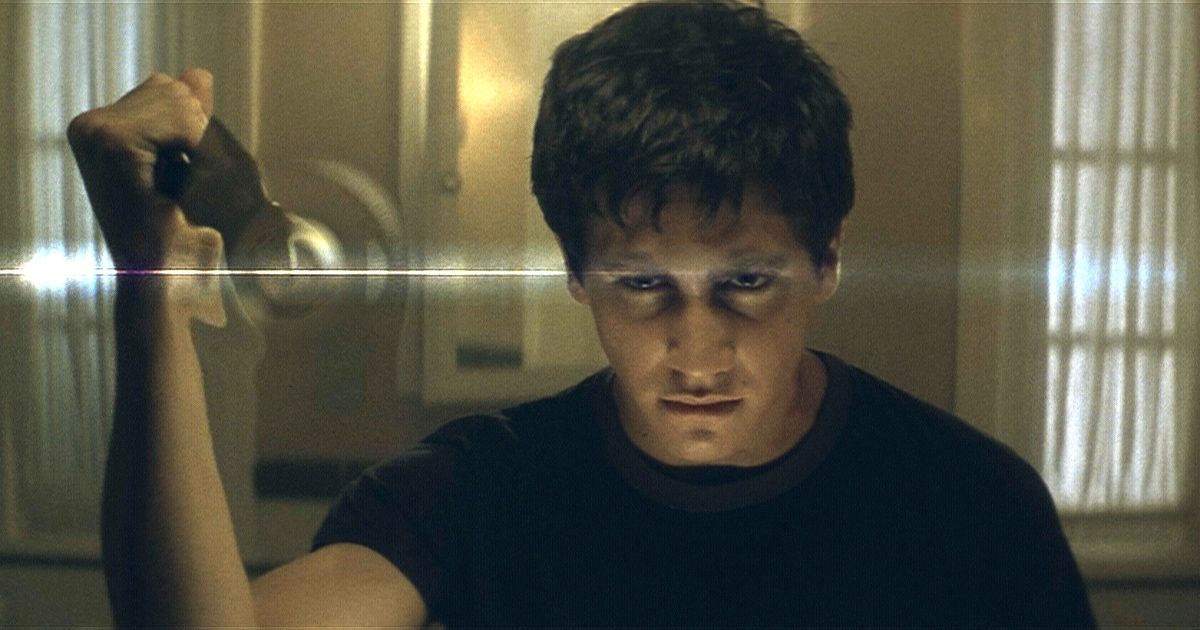
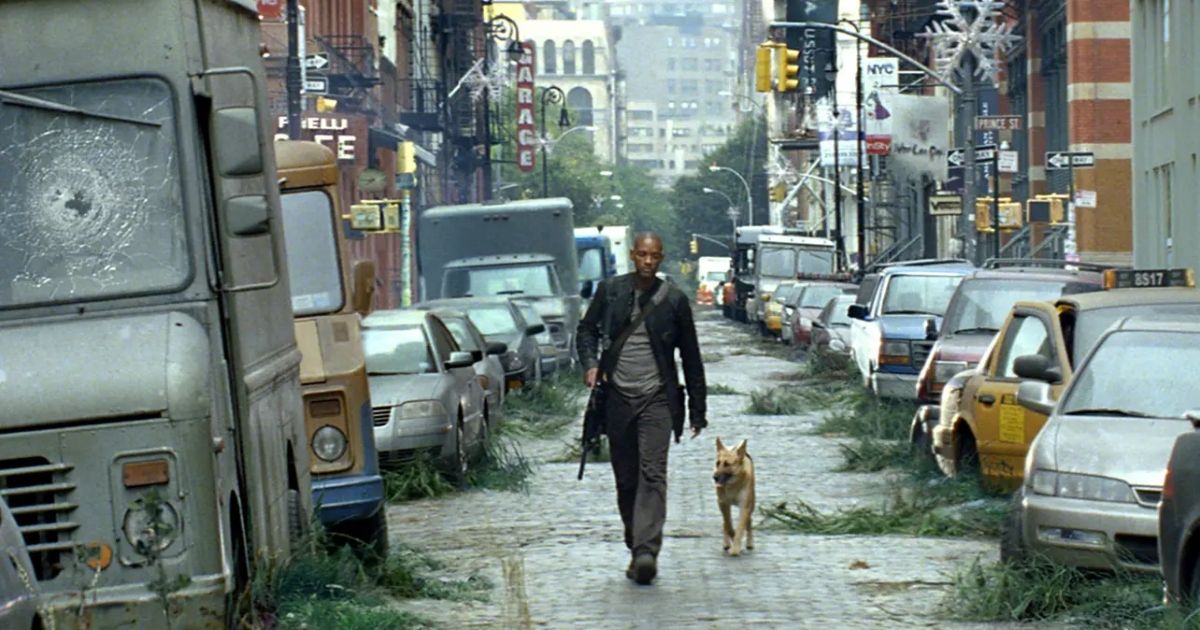
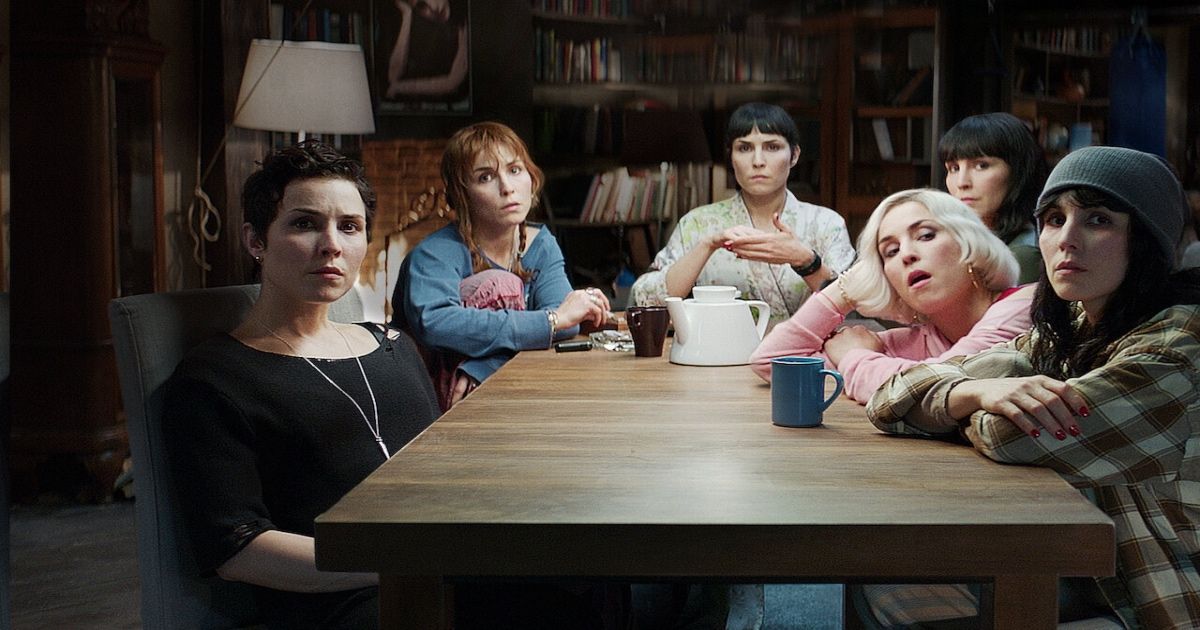
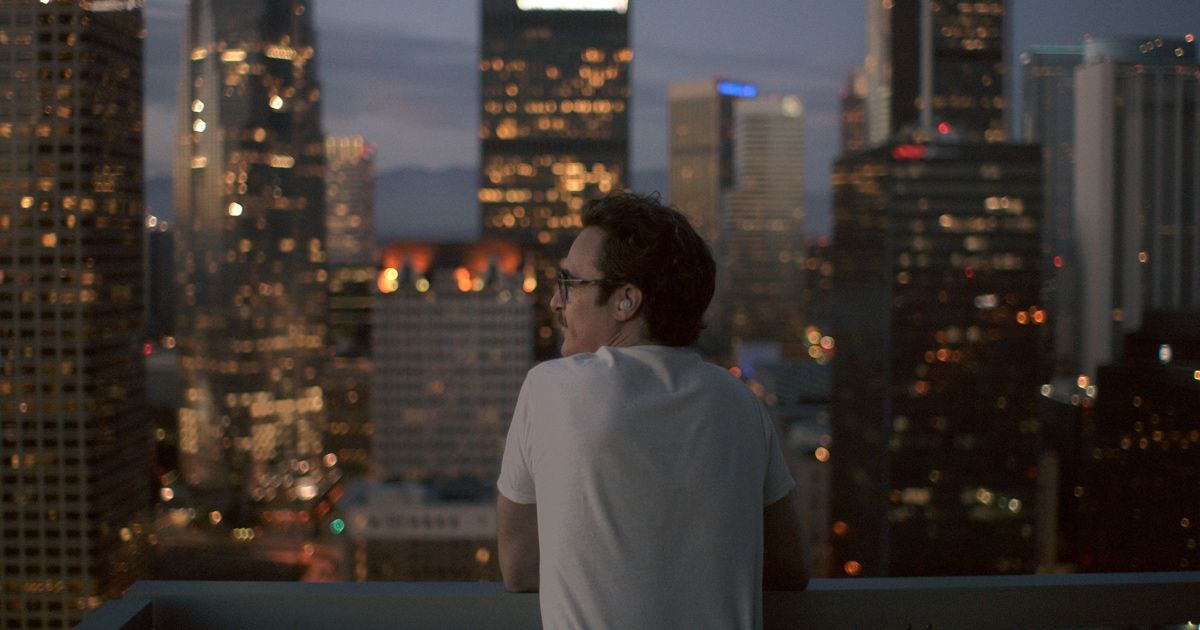
Comments
Post a Comment